This website uses cookies so that we can provide you with the best user experience possible. Cookie information is stored in your browser and performs functions such as recognising you when you return to our website and helping our team to understand which sections of the website you find most interesting and useful.
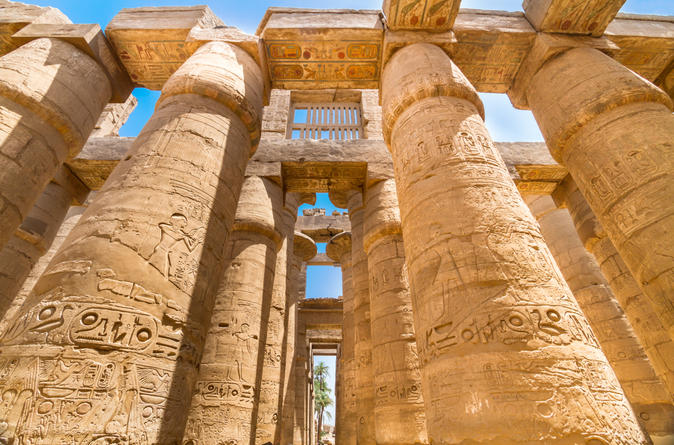
By Hesham Elgammal on 05 Jan 2025
Discover the Timeless Wonders of Luxor: A Journey Through Egypt’s Open-Air Museum
Introduction
Luxor, once the thriving city of Thebes, is a captivating destination for history lovers and adventurers alike. Known as the world’s greatest open-air museum, Luxor offers a wealth of ancient Egyptian wonders waiting to be discovered. From the majestic Luxor temples to the fascinating Valley of the Kings, the city is home to some of Egypt’s most iconic landmarks. Whether you’re seeking a family-friendly adventure or a serene hot air balloon ride over ancient monuments, Luxor has something for everyone. This guide will explore the top things to do in Luxor, ensuring you have an unforgettable journey through Egypt’s rich heritage.
As you explore Luxor’s iconic landmarks, you’ll witness the grandeur of ancient Egyptian civilization firsthand. From the colossal Karnak Temple complex to the breathtaking Temple of Luxor, the city is filled with monuments that narrate stories of powerful pharaohs and sacred rituals. Just across the Nile lies the Valley of the Kings, —home to the tomb of Tutankhamun and many other royal figures.
But sightseeing in Luxor is more than visiting historic sites; —it’s about feeling the spirit of Egypt’s golden past come alive. As the sun sets over the Nile and the temples glow in its warm light, you’ll understand why Luxor continues to enchant travelers from around the world.
Ready to uncover the secrets of ancient Egypt? Luxor awaits.

Luxor’s Must-See Temples and Monuments: A Comprehensive Guide
Luxor, often called the “world’s greatest open-air museum,” is home to an incredible array of ancient Egyptian temples and monuments that transport visitors back in time. The city was once the capital of the New Kingdom and the home of some of the most important structures built in honor of the gods and pharaohs. Here’s a guide to some of Luxor’s must-see temples and monuments that offer a window into Egypt’s rich history.
Karnak Temple: Exploring the Grandest Religious Complex
Karnak Temple is one of the most impressive and expansive temple complexes in Egypt, dedicated primarily to the god Amun. Located on the east bank of the Nile, the temple covers over 100 hectares, featuring a vast array of pylons, obelisks, and statues. The Hypostyle Hall, with its 134 massive columns, is a highlight, showcasing the grandiosity of ancient Egyptian religious architecture. Walking through Karnak is like stepping into the heart of ancient Egypt’s spiritual life, and its grandeur will leave you in awe.
Karnak Temple has three main sacred areas covering more than 100 acres, which honor three gods: Amun-Ra, the goddess Mut, and Khonsu, who were members of the sacred family known as the Theban Triad. In Karnak Temple is the Impressive Hypostyle Hall, which has 134 Soaring Columns carved with Scenes of Gods and Pharaohs. The Inscriptions on the Walls Tell Their Stories of War and Peace.
Luxor Temple: Unveiling Iits Beauty by Day and Night
Luxor Temple, located in the heart of the city, is one of the best-preserved temples in Egypt. Dedicated to the gods Amun, Mut, and Khonsu, it stands as a testament to Luxor’s importance as a religious center. By day, the temple offers a glimpse into its intricate carvings and towering statues. However, its beauty truly shines at night when it is illuminated, casting a golden glow over the surrounding area. The majestic view of Luxor Temple at night is an unforgettable experience, making it a must-see on your visit to the city. Book your Luxor tour now.
It was the center of the most important festival, which was celebrated in ancient times. The festival name was the Opet festival held from Karnak temple to Luxor temple that was linked together by Sphinx avenue, the entire avenue was more than 1,7 Miles long, and must have had more than 2000 sphinxes altogether. Read more about Egypt here.
Hatshepsut Temple: Marveling at the Mortuary Temple of a Female Pharaoh
The Mortuary Temple of Hatshepsut is a stunning architectural wonder dedicated to one of Egypt’s most successful pharaohs. Located at the base of the cliffs of Deir el-Bahari, this terraced temple is carved into the mountain itself, blending seamlessly with its surroundings. The temple’s symmetrical design and grand colonnades make it one of Luxor’s most visually striking monuments. It also features detailed reliefs depicting the queen’s journey to the land of Punt, an important trading partner during her reign.
Ramesseum: Discovering the Colossal Statue of Ramses II
The Ramesseum is the mortuary temple of Ramses II, one of Egypt’s most powerful pharaohs. Located on the west bank of the Nile, this site is famous for its colossal statue of Ramses II, once towering 17 meters tall. Although much of the temple is in ruins, the grandeur of its architectural remains and the stunning scenes depicted in the reliefs still impress visitors today. The temple’s serene atmosphere and historical significance make it an essential stop for anyone exploring Luxor. Discover more amazing places in Egypt.
Valley of the Kings: Journeying into the Realm of Pharaohs
The Valley of the Kings, located on the west bank of the Nile near Luxor, is one of Egypt’s most renowned archaeological sites. This desert valley, carved into the rugged cliffs, served as the burial ground for many of Egypt’s New Kingdom pharaohs and powerful nobility. The tombs in the valley are decorated with intricate hieroglyphs and offer a fascinating glimpse into the afterlife beliefs of ancient Egyptians. Visiting this sacred site is a journey into the realm of the pharaohs, where the past and its wonders are brought to life.
The most known tombs are King Thutmosis I, Thutmosis III, Tut-Ankh-Amon, King Ramses VI, King Mrenptah, and Amenhotep II. The tomb of Tut-Ankh-Amun is famous as it was the only tomb found intact, having as it evidently had remained hidden until its discovery in 1922.
Tomb of Tutankhamun: Exploring the Legendary Burial Site
The Tomb of Tutankhamun is perhaps the most famous and historically significant tomb in the Valley of the Kings. Discovered in 1922 by archaeologist Howard Carter, it contained a wealth of treasures, including the iconic golden mask of Tutankhamun. While the tomb is relatively modest in size compared to other royal tombs, the wealth of artifacts found inside revealed a great deal about the young pharaoh’s reign and the treasures buried with him to aid his journey to the afterlife. Today, visitors can see replicas of the treasures in the nearby Egyptian Museum in Cairo, but the tomb itself remains one of the most visited sites in Luxor.
Tomb of Ramses VI: Admiring the Celestial Ceiling
The Tomb of Ramses VI, located deep in the Valley of the Kings, is renowned for its extraordinary artistry. The tomb’s ceiling, adorned with vibrant astronomical scenes, depicts the goddesses Nut and the night sky, showcasing Ramses VI’s deep connection to the gods and the cosmos. The detailed hieroglyphs and vivid paintings that line the walls of this tomb provide insight into the afterlife beliefs of ancient Egyptians and the grandeur of the pharaoh’s reign. Visitors are often captivated by the celestial ceiling and the tomb’s overall scale and complexity.
Tomb of Seti I: Witnessing Masterful Artistry
The Tomb of Seti I is widely regarded as one of the finest examples of royal tombs in the Valley of the Kings. Its intricate wall carvings, which depict scenes from Egyptian mythology and the king’s journey through the afterlife, are considered masterpieces of ancient Egyptian art. The tomb’s layout, with its long corridors, chambers, and vaulted ceilings, is also striking. Seti I’s tomb remains one of the most beautifully decorated and well-preserved in the valley, making it a must-visit for anyone exploring the ancient royal burial grounds.
Valley of the Queens: Visiting the Resting Place of Royal Wives
Adjacent to the Valley of the Kings lies the Valley of the Queens, the burial site for the wives and children of the pharaohs. Among the most notable tombs here is that of Queen Nefertari, the beloved wife of Ramses II. The tomb is renowned for its exquisite and well-preserved frescoes that depict Nefertari’s journey through the afterlife. The Valley of the Queens offers a quieter, more intimate experience than the Valley of the Kings, and it’s an essential stop for those wanting to learn about the royal family’s lives beyond the pharaohs themselves.
Beyond the Temples: Exploring Luxor’s Hidden Gems and Local Culture
While Luxor is often synonymous with ancient temples and monumental tombs, there is so much more to uncover in this enchanting city. Beyond the grand temples and archaeological wonders, Luxor offers unique experiences that delve into the daily life, art, and culture of ancient and modern Egypt. From museums showcasing ancient artifacts to vibrant markets and unforgettable river adventures, Luxor is filled with hidden gems waiting to be explored.
Luxor Museum: Delving into Ancient Egyptian Artifacts
The Luxor Museum is a must-visit for anyone looking to deepen their understanding of ancient Egyptian history. Located on the east bank of the Nile, the museum houses a rich collection of artifacts, including statues, pottery, jewelry, and mummies from the New Kingdom. Visitors can marvel at the intricate craftsmanship of ancient Egyptian art and see the treasures recovered from tombs in Luxor and the surrounding areas. The museum offers a more intimate experience than some of the larger institutions, allowing visitors to appreciate the detailed artistry and historical significance of each piece.
This Museum is divided into two floors. Although this building is small, it contains masterpieces from the Middle Kingdom and New kingdoms, such as pottery, jewelry, furniture, statues, and stelae selected from the Theban temples and necropolis.
There are many statues of King Thutmosis III, Amenhotep IV (Akhenaton), and Tut Ankh Amun. The most important thing is the Mummy of Ahmos together with Ramses I, which has been exhibited since September 2004.
Mummification Museum: Understanding the Ancient Process
mummification. Located near the Luxor Temple, the museum features exhibits that explain the mummification process in detail, from the embalming techniques to the religious significance behind preserving the body for the afterlife. With displays of real mummies and embalming tools, visitors can gain a deeper understanding of the rituals that were integral to Egyptian culture and the afterlife beliefs of the ancient world.
Luxor Market: Experiencing the Vibrant Local Life
No trip to Luxor is complete without a visit to its bustling market, or souk. The Luxor Market is a lively, colorful space where locals and tourists alike shop for everything from spices and perfumes to handmade crafts and clothing. As you wander through the narrow alleys, you’ll encounter vibrant stalls, the sounds of bartering, and the scent of fresh produce filling the air. This market offers a genuine taste of local life, and it’s a perfect spot to pick up unique souvenirs, such as traditional Egyptian textiles, jewelry, and pottery.
Hot Air Balloon Ride: Soaring Above Luxor at Sunrise
For an unforgettable experience, take a hot air balloon ride over Luxor at sunrise. As the first light of day paints the sky, you’ll soar above the Nile River, temples, and ancient ruins, witnessing the breathtaking beauty of Luxor from above. The panoramic views of the valley and the surrounding landscapes, including the West Bank’s tombs and the lush fields along the river, make this one of the most memorable experiences in Luxor. It’s the perfect way to see the grandeur of this ancient city from a whole new perspective. Learn more about Nile cruises.
Felucca Ride on the Nile: A Relaxing Journey on the Iconic River
A Felucca ride on the Nile is a relaxing and serene way to experience the heart of Luxor. These traditional wooden sailboats offer a peaceful journey along the river, allowing you to take in the beauty of Luxor’s skyline, lush banks, and the surrounding villages. Whether you opt for a sunset cruise or a peaceful daytime ride, the Felucca experience provides a tranquil escape from the bustling city streets and a perfect opportunity to unwind while soaking in the sights and sounds of this iconic river.
Planning Your Luxor Trip: Tips, Transportation, and Accommodation
Planning a trip to Luxor requires thoughtful preparation to make the most of your time in this ancient city. From choosing the best time to visit to selecting the right accommodation and transportation, here’s everything you need to know for a smooth and enjoyable experience.
Best Time to Visit Luxor: Weather and Tourist Seasons
The best time to visit Luxor is during the cooler months, from October to April, when the weather is more comfortable for sightseeing. Temperatures can reach extremely high levels during the summer (May to September), especially in the desert, making outdoor exploration less enjoyable. Visiting during the winter months allows for more pleasant temperatures, making it easier to explore Luxor’s outdoor temples and tombs. Peak tourist season falls between December and February, so expect more crowds and higher prices, though the weather is ideal.
Getting Around Luxor: Transportation Options (Taxis, Carriages, etc.)
Luxor offers several transportation options for getting around the city. Taxis are widely available, and it’s recommended to agree on a fare before starting your journey. For a more traditional experience, take a horse-drawn carriage, which is a charming and popular way to explore the city, especially along the Nile’s west bank. For those looking to explore Luxor’s sights at a leisurely pace, bicycle rentals are also available. Many tourists also opt for guided tours, where a private vehicle is provided, offering a hassle-free way to visit the temples and tombs.
Luxor Accommodation: Hotels, Guesthouses, and Nile Cruises
Luxor offers a wide range of accommodation options, from luxury hotels to budget-friendly guesthouses. For a unique experience, consider staying on a Nile cruise, which offers a floating hotel experience while exploring the river’s historic sites. For luxury, choose high-end hotels such as the Winter Palace, offering views of the Nile and proximity to key attractions. For more affordable stays, budget travelers can find charming guesthouses and hostels that provide a cozy and local feel.
Budgeting for Luxor: Costs for Accommodation, Food, and Activities
Luxor is relatively affordable compared to other Egyptian cities like Cairo or Sharm El-Sheikh. Accommodation prices range from budget options ($15–$40 per night) to luxury stays ($100+ per night). Meals in Luxor are reasonably priced, with local restaurants serving traditional Egyptian dishes for around $5–$10 per meal. Entrance fees for major sites like the Karnak Temple or Valley of the Kings typically cost between $5 and $15, though package deals may offer savings. Budgeting $40–$60 per day is usually sufficient for a moderate experience, while more luxurious options will cost more.
What to Wear in Luxor: Dress Code and Cultural Sensitivity
Luxor is a conservative city, so it’s essential to dress modestly, particularly when visiting religious sites and temples. Women should cover their shoulders and wear long skirts or trousers, while men should avoid wearing shorts in these areas. Lightweight, breathable clothing is recommended for the hot weather, but be mindful of cultural sensitivity by covering your body appropriately. Comfortable shoes are a must, as you’ll be walking around ancient sites and temples. Check out our Luxor packages.
Additional Travel Insights
Accessibility Information: Catering to Diverse Traveler Needs
Luxor offers various attractions that are accessible to travelers with disabilities, though it’s important to plan ahead. Key sites like the Karnak Temple and Luxor Temple are relatively accessible, with ramps and wider pathways to accommodate visitors using wheelchairs. However, some locations, such as the Valley of the Kings, have rough terrain, making access challenging for those with mobility issues.
For a smoother experience, many hotels in Luxor offer accessible rooms, and private tour companies can provide customized transportation with ramps for easier access to archaeological sites. Always confirm accessibility details with your hotel or tour operator before your visit to ensure a comfortable journey through Luxor’s rich history.
Detailed Itineraries: Sample Itineraries for Different Trip Lengths
Luxor offers a range of experiences, whether you have a short weekend or a week to explore. Here’s a breakdown of sample itineraries:
- 3-Day Itinerary:
- Day 1: Visit the Luxor Temple and Karnak Temple, followed by a sunset Nile cruise.
- Day 2: Explore the Valley of the Kings, including the tomb of Tutankhamun and the Tomb of Ramses VI. End the day at the Hatshepsut Temple.
- Day 3: Visit the Mummification Museum and Luxor Museum, and enjoy a relaxing evening at a local café.
- 5-Day Itinerary:
- Day 1-2: Follow the 3-day itinerary mentioned above.
- Day 3: Take a hot air balloon ride over Luxor for a bird’s-eye view of the temples, then visit the Ramesseum.
- Day 4: Take a day trip to the Dendera Temple complex, dedicated to the goddess Hathor.
- Day 5: Relax with a day at a Nile-side resort and visit the local markets.
- 7-Day Itinerary:
- Day 1-5: Follow the 5-day itinerary mentioned above.
- Day 6: Take a day trip to the ancient city of Abydos, home to the Temple of Seti I.
- Day 7: Spend your final day exploring the West Bank’s smaller sites, such as the Valley of the Queens and the Tomb of Nefertari.
FAQ About Exploring Luxor
Categories
- Egypt and Jordan Tours (12)
- Egypt Destinations (26)
- Egypt Nile Cruises (40)
- Egypt Sightseeing (14)
- Egypt Tour Packages (18)
- infographics (1)
-

Nile Cruisers Reviews
25 Mar 2025
-

Egypt Safari Trips in Siwa & White Desert
20 Dec 2025
-

Why Choose Nile Cruisers to Book Your Egypt Nile Cruise?
12 Dec 2025
-

Celebrate Christmas in Egypt: Best Egypt Travel Tour Packages for Year-End Getaways
12 Dec 2025
-

Make Your Year-End Special: Festive Egypt Tour Packages for Winter Travel
12 Dec 2025
-

The Lake Nasser Luxury Cruise Ships
09 Dec 2025
-

Sacred Egypt – Spiritual Tours
07 Dec 2025
-

Nile Cruisers Reviews
25 Mar 2025
-

Egypt Safari Trips in Siwa & White Desert
20 Dec 2025
-

Why Choose Nile Cruisers to Book Your Egypt Nile Cruise?
12 Dec 2025
-

Celebrate Christmas in Egypt: Best Egypt Travel Tour Packages for Year-End Getaways
12 Dec 2025
-

Make Your Year-End Special: Festive Egypt Tour Packages for Winter Travel
12 Dec 2025

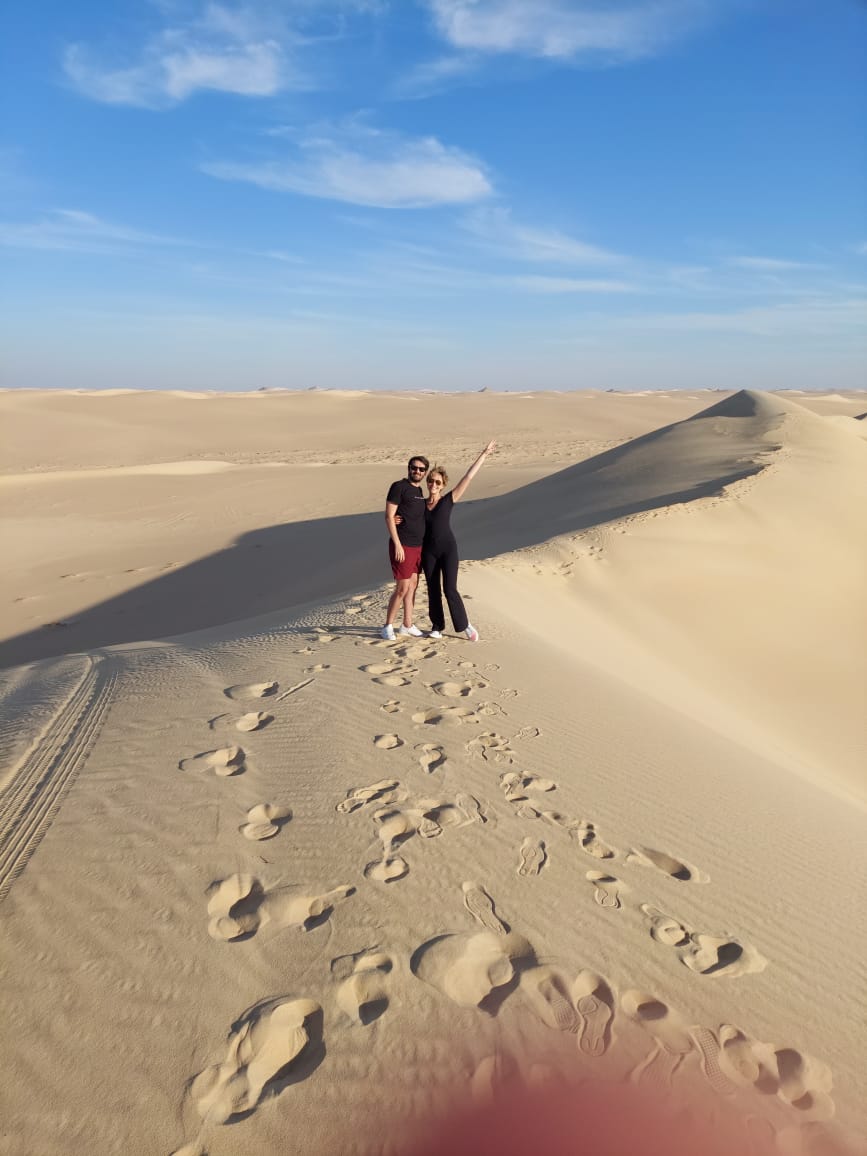

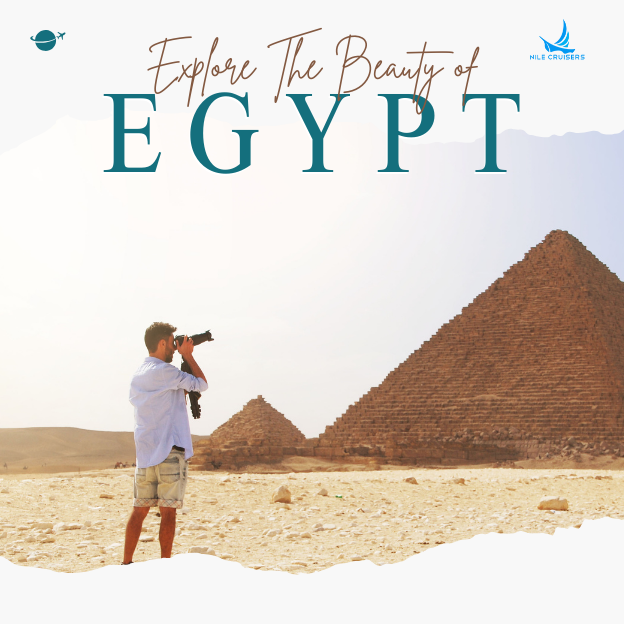
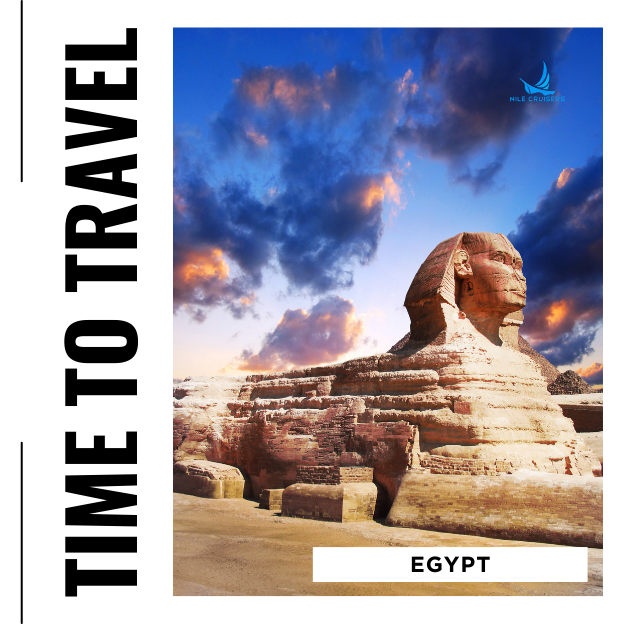
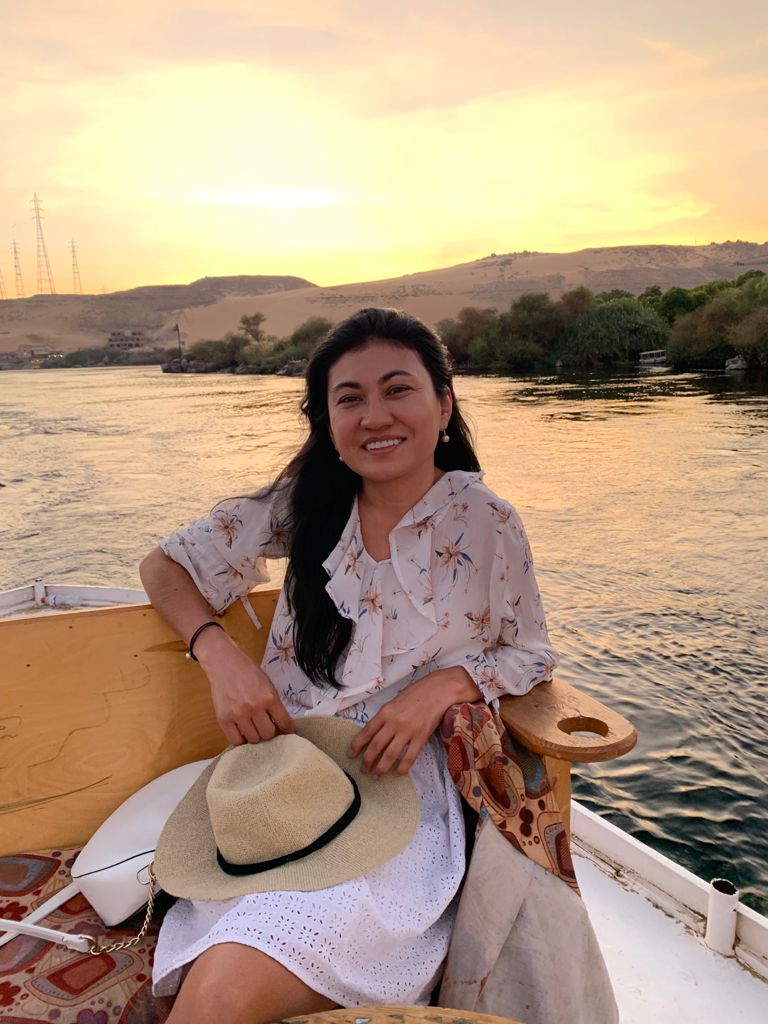
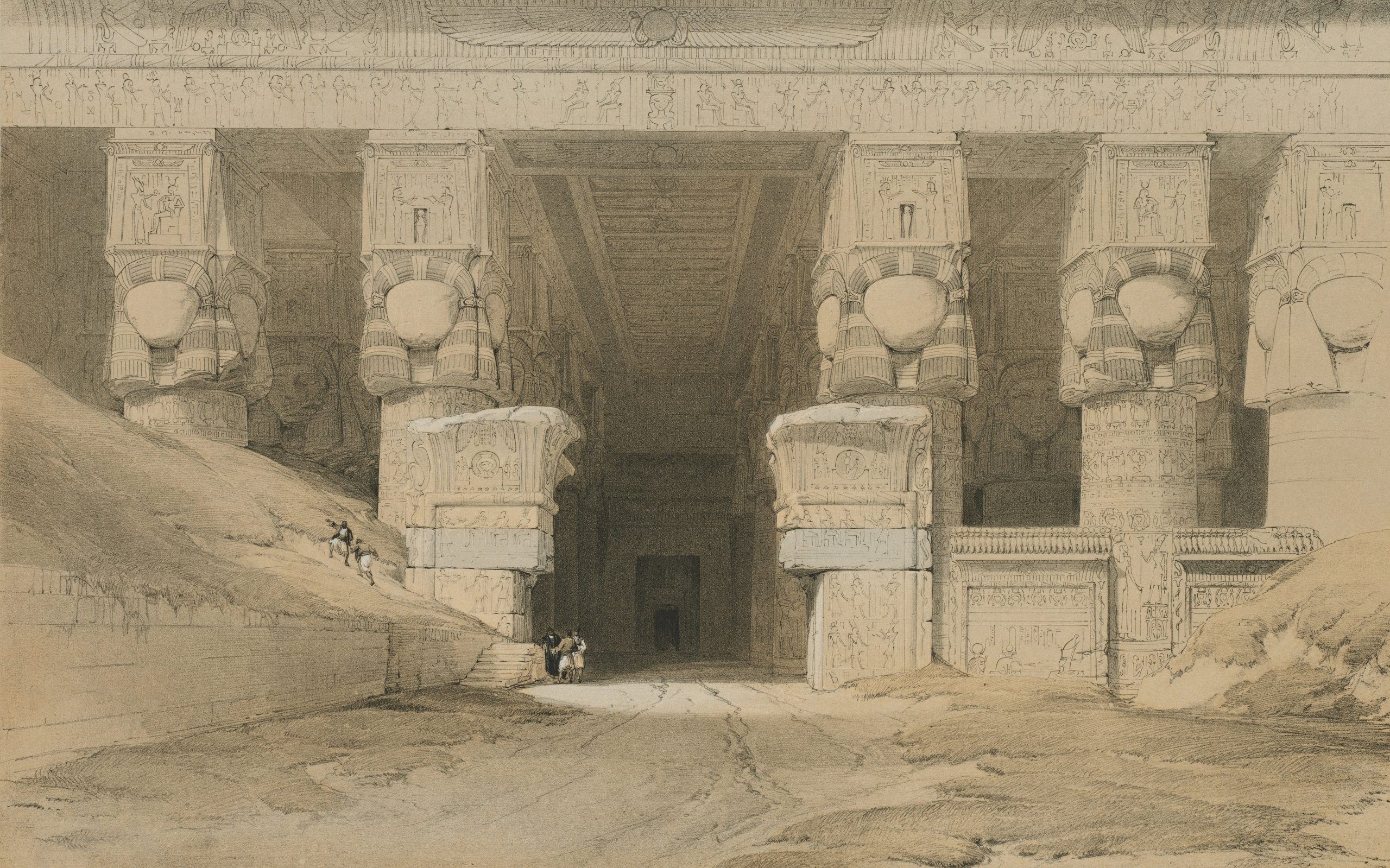





Comments